Radish "Duro Krasnodarskoe": description, agricultural technology
Duro Krasnodarskoe radish is ideal for those looking for a variety for early planting. The harvest of these root crops ripens at the beginning of May when grown under plastic or in greenhouses. The variety was bred in the Krasnodar Territory and in 2007 was entered in the state register. "Duro" is resistant to cold, but it also tolerates high temperatures well, so it can be easily grown in all regions of Russia from April to September.
Description and characteristics of the variety
"Duro Krasnodarskoe" is a high-yielding radish variety with medium ripening times, which even beginners can grow. The vegetation cycle takes place 25–28 days after the emergence of seedlings. The bushes grow up to 20-25 cm in height. Ripening is amicable. You can get 3–3.5 kg of crop per square meter. The variety is not prone to flowering and shooting.
Duro radish fruits have the following characteristics:
- average weight - 30–40 g;
- diameter - up to 9 cm;
- shape - spherical;
- the skin is bright red (the tail is white);
- surface - smooth, shiny;
- consistency - dense;
- the pulp is white, with a spicy sweet taste.
Vegetable growers appreciate the Duro radish for its excellent marketable qualities, large size of fruits, unpretentious care, and resistance to diseases. Root crops are resistant to cracking, tolerate transportation well and are stored for a long time (up to 25 days in the refrigerator). With long-term storage, taste and beneficial properties are not lost.
The variety showed no significant shortcomings. Radish is picky about watering, but this is a feature of all representatives of the culture.
You can grow a vegetable in open and closed ground. With a rare planting, the fruits gain a larger size and at the same time do not form internal voids. If you plant seeds in a 7x7 cm pattern, you can get apple-sized specimens. At the same time, their taste does not change for the worse.
In one season, the harvest of this type of radish can be obtained 3-4 times. If you sow at intervals of 2 weeks, vegetables will flow to the table without interruption.
Among similar varieties can be noted the early ripening unpretentious radish "French breakfast" and radish "Soro", very similar to the "Duro Krasnodarskoe" in appearance.
Planting and leaving
Radishes are grown in a seedless way, which simplifies and speeds up the process. The main thing is to prepare the soil and seeds in advance, and then take care of the emerging seedlings.
Preparation and sowing
If the radish will be grown outdoors, a sunny, wind-protected place should be prepared for it. Loose, fertile land is suitable for this culture. Clay soil is made less dense by adding sawdust or river sand.
Previously, the beds are dug up and fertilized. For 1 square meter you will need:
- 2 kg of humus;
- 60–80 g superphosphate;
- 2 glasses of ash.
The acidity of the soil suitable for growing radishes is 5.5–7 pH. The litmus indicator will help determine the indicator. Test strips are available at gardening stores. Crushed chalk, dolomite flour or lime are added to the acidic soil, more ash is added to the alkaline one.
It is imperative to take into account the rules of crop rotation and select predecessors. Radish grows well after certain crops:
- legumes;
- tomatoes;
- spinach;
- beets;
- strawberries.
Related cultures of the cruciferous family are categorically unsuitable as predecessors.
The seeds are pre-calibrated by soaking for 15 minutes in a salt solution (1 tsp per glass of water). Empty and spoiled seeds will float to the top, and quality seeds will settle to the bottom.Full-fledged seeds will need to be washed in clean water and soaked for 20-30 minutes in a weak solution of potassium permanganate in order to disinfect. Then the seed is dried and sowed. To accelerate germination, seeds can be germinated by wrapping them in a damp cloth.
In the open field, sowing is carried out at the end of April, in the greenhouse - in mid-March. The dates are given for the middle zone and are adjusted depending on the climatic zone.
How to sow:
- before sowing, furrows are made on the bed at intervals of 7 cm;
- the rows are watered abundantly with warm water;
- seeds are planted to a depth of 1.5–2 cm with an interval of 4 cm;
- on top of the seeds are lightly sprinkled with soil.
Immediately after planting, the bed is covered with agrotextile. They remove the shelter after germination.
Radish care
After the sprouts appear, you need to evaluate the planting density and, if necessary, thin out the seedlings, leaving a gap of 5-6 cm between the plants.
Further care:
- Watering. The radishes are poured with settled water, poured into barrels in advance. The soil should not completely dry out. As soon as the top layer of the earth dries up, the garden needs to be watered. In the heat, it is necessary to irrigate the plants more often by sprinkling. However, excessive moisture cannot be allowed, in such conditions the roots easily rot.
- Top dressing. Fertilizer for radish is applied during the period of active growth once. For this, a mixture of fertilizers is used (20 g of superphosphate, 10 g of ammonium nitrate and 1 liter of ash per sq. M). It is better not to use manure for feeding, from it the root crops will taste bitter.
- Disease control. Despite its resistance, radishes can still be affected by some fungal and bacterial diseases. To get rid of powdery mildew, black leg, gray rot and white rust, plants are treated with fungicides (Fundazol, Ditan M, Ridomil Gold), using them according to the instructions. The drug "Planriz" helps against vascular bacteriosis.
- Scare away pests. Most of all, the culture is annoyed by the cruciferous flea. To protect plantings in spring, radishes are powdered with a mixture of tobacco dust, ash, naphthalene and camphor (the components are taken equally). You need to process the base of the bush once a week. For the same purpose, regular spraying with a solution of acetic acid (150 ml of 9% vinegar per 10 liters of water) and ammonia (4 tablespoons per 10 liters of water) is used. Young plants are protected from the cruciferous flea by thin agrofibre.
When planted in contaminated soil, radishes can get sick with keels, the spores of which live in the ground for 5–6 years. Sick root crops have spherical or spindle-shaped growths and sluggish tops. Affected specimens are pulled out and burned, and the land is treated with lime (1 kg per 1 sq. M). In the future, cruciferous plants cannot be grown on this site for 4 years.
Most often, the keel affects the radish planted in dense clay soil with high acidity. The disease can also be transmitted through seeds that have not passed the disinfection procedure.
Harvesting begins 26-30 days after germination. For work, you should choose a dry, clear day. It is better to extract roots from the ground in the morning. When the vegetables are a little dry, they are carefully cleaned of adhering soil, the tops are cut off and the roots are stored in the refrigerator. Under optimal conditions, they retain their commercial qualities for up to 4 weeks.
Growing errors
The process of growing radish does not always go as it should. Difficulties are usually encountered by beginners who make a number of mistakes when planting and caring for a crop.
- Seeds did not sprout - this happens when sowing poor-quality seeds or planting too early when the soil is cold and excessively wet.
- Very small roots - the garden is in the shade, the planting is too dense or the radish lacks potassium.
- The fruits have a bland taste, there are voids inside - the deepening of seeds when planting, an excess of nitrogen fertilizers, poor watering.
- The presence of bitterness in the taste, cracking - lack of moisture, abundant watering after a drought.
- Arrow formation - bad seeds, drought, root damage during weeding.
Summer residents may be disappointed when planting Duro radish in a rainy summer. The fruits in this case will be small, but, unfortunately, it is impossible to influence the vagaries of the weather. Everything else is in the hands of the vegetable growers themselves.
Radish "Duro Krasnodarskoe" can be a real discovery even for experienced summer residents. The delicate, slightly pungent taste of its pulp is liked by everyone, without exception, the size of the fruits is also pleasantly surprising. In order for the harvest to please, you first need to study the agricultural technique and carefully observe it, although in general the variety is unpretentious.
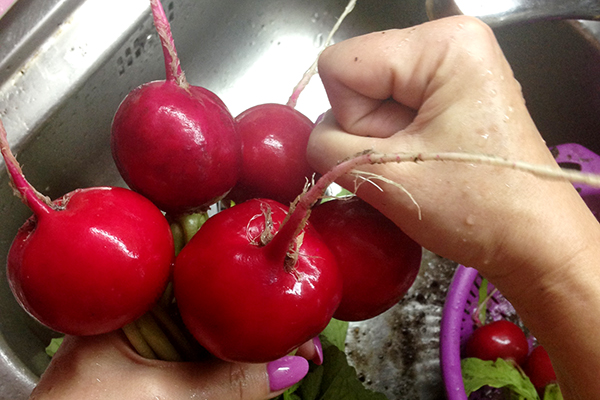
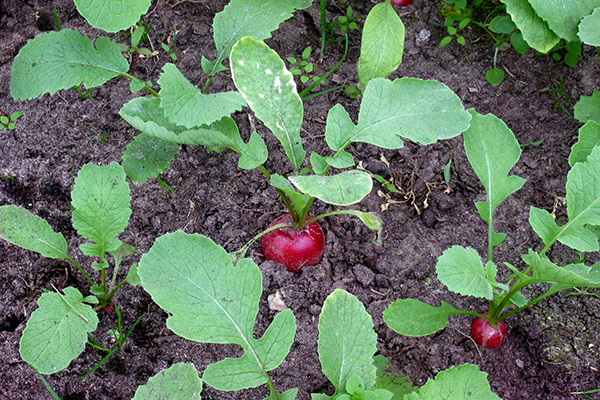
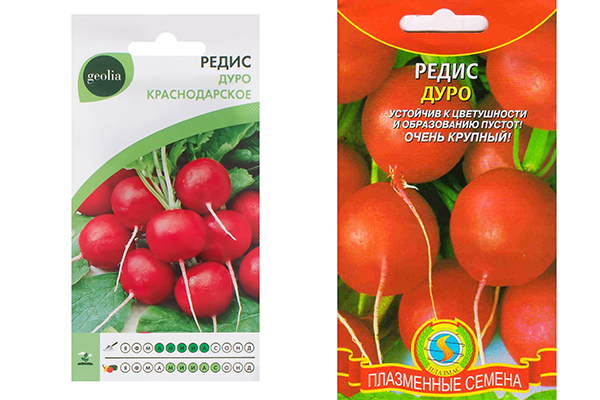
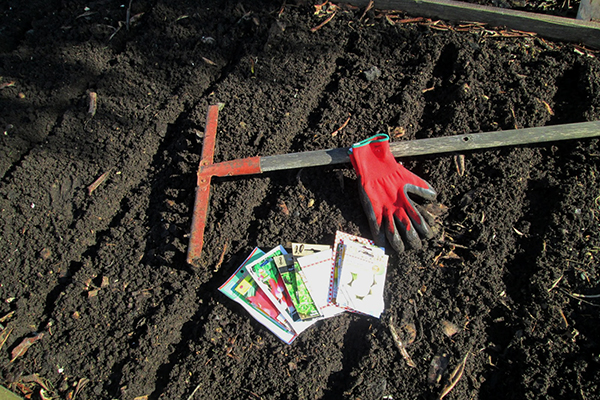
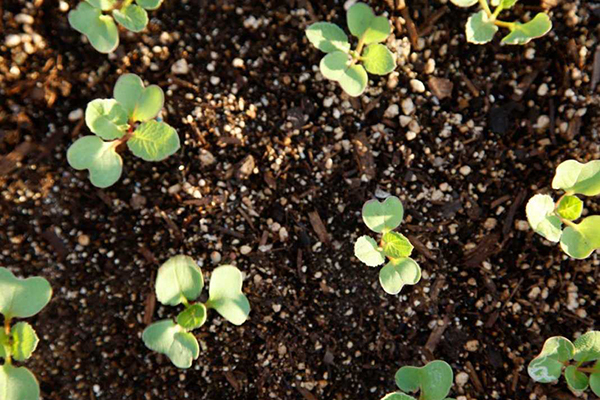

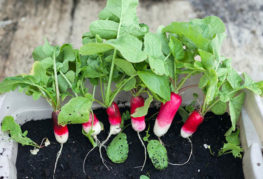
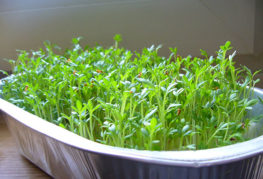
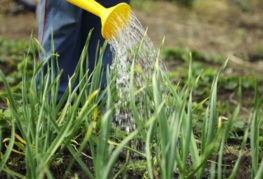


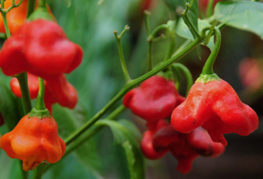
and will be published shortly.